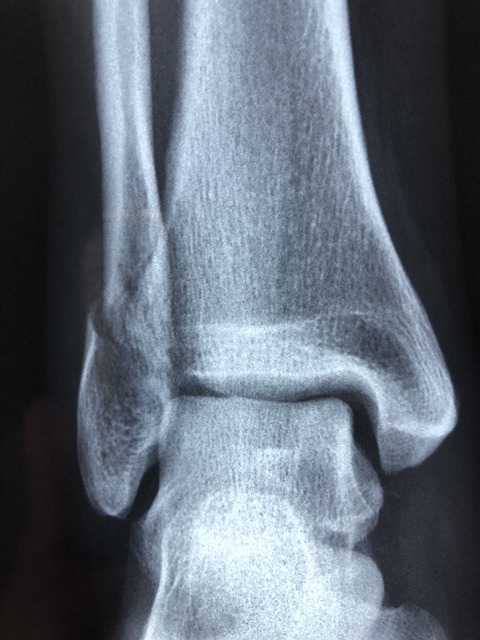Recognize red flags in chiropractic treatment like excessive manipulation, aggressive treatments over conservative ones, lack of communication, and ignoring other medical conditions to ensure patient safety. Protect against unethical practices such as false billing and upselling through open communication and reporting concerning experiences to regulatory bodies.
Unethical business practices within the healthcare industry, particularly in chiropractic care, can have severe consequences for patients and practitioners alike. This article delves into critical aspects of recognizing red flags in chiropractic treatment, exploring various unethical practices such as financial misconduct. Additionally, it provides essential strategies for protecting patients through reporting mechanisms and preventive measures. By understanding these issues, both professionals and consumers can ensure a more ethical and safe healthcare environment.
- Recognizing Red Flags in Chiropractic Treatment
- Unethical Practices: Financial Misconduct & More
- Protecting Patients: Reporting & Prevention Strategies
Recognizing Red Flags in Chiropractic Treatment

Recognizing red flags in chiropractic treatment is crucial for both patients and healthcare professionals. Some warning signs may include excessive or unusual manipulation, which can lead to severe injuries like herniated discs or fractures. Patients should be wary of chiropractors who use high-force adjustments without proper justification or who prioritize aggressive treatments over conservative ones.
Additionally, lack of communication or transparency about treatment plans, inconsistent or inaccurate diagnoses, and failure to consider other medical conditions or current medications are all red flags. It’s essential to seek a second opinion if you experience persistent pain, new symptoms, or an overall lack of improvement after chiropractic care. Staying vigilant can help ensure safe and effective treatment.
Unethical Practices: Financial Misconduct & More

Unethical business practices in healthcare, particularly within the chiropractic industry, can manifest in various ways, with financial misconduct being a significant red flag. This involves activities like false billing, upselling unnecessary treatments, and manipulating insurance claims to increase revenue at the patient’s expense. For example, a chiropractor might claim more extensive or frequent adjustments than actually performed, or they could pressure patients into purchasing expensive equipment or additional services not deemed essential for their condition.
Chiropractors have a fiduciary responsibility to prioritize patient well-being above all else, but unethical practices erode this trust. Red flags also include conflicts of interest, where healthcare professionals profit from recommending specific products or services unrelated to the patient’s needs. Patients should be wary if they encounter pressure tactics, lack of transparency about treatment plans, or inconsistent outcomes, as these could indicate underlying unethical behavior.
Protecting Patients: Reporting & Prevention Strategies

Protecting patients from unethical chiropractic practices is paramount for maintaining public safety and trust in the healthcare system. When it comes to red flags in chiropractic treatment, being vigilant is crucial. Patients should be educated on potential warning signs, such as excessive manipulation or aggressive treatment plans, which may indicate a lack of professionalism or even malicious intent. Encouraging open communication between patients and practitioners is essential; individuals should never feel pressured into procedures they don’t understand or want.
Reporting mechanisms play a significant role in prevention strategies. Many jurisdictions have regulatory bodies that oversee healthcare professionals, including chiropractors. Patients are encouraged to report any concerning experiences during treatment, whether it’s an unexpected diagnosis, unnecessary procedures, or financial exploitation. These reports can prompt investigations, leading to the accountability of unethical practitioners and, ultimately, better protection for future patients.
Unethical business practices within chiropractic care are a serious concern, with financial misconduct and other deceptive tactics posing risks to patients. By recognizing the red flags in treatment, such as excessive billing or unnecessary procedures, we can empower ourselves to protect our health and finances. Through reporting mechanisms and proactive prevention strategies, we can foster a more ethical and transparent chiropractic industry, ensuring patient safety and trust. Staying vigilant and informed is key when it comes to identifying and addressing these unethical practices, helping to maintain the integrity of healthcare services.














